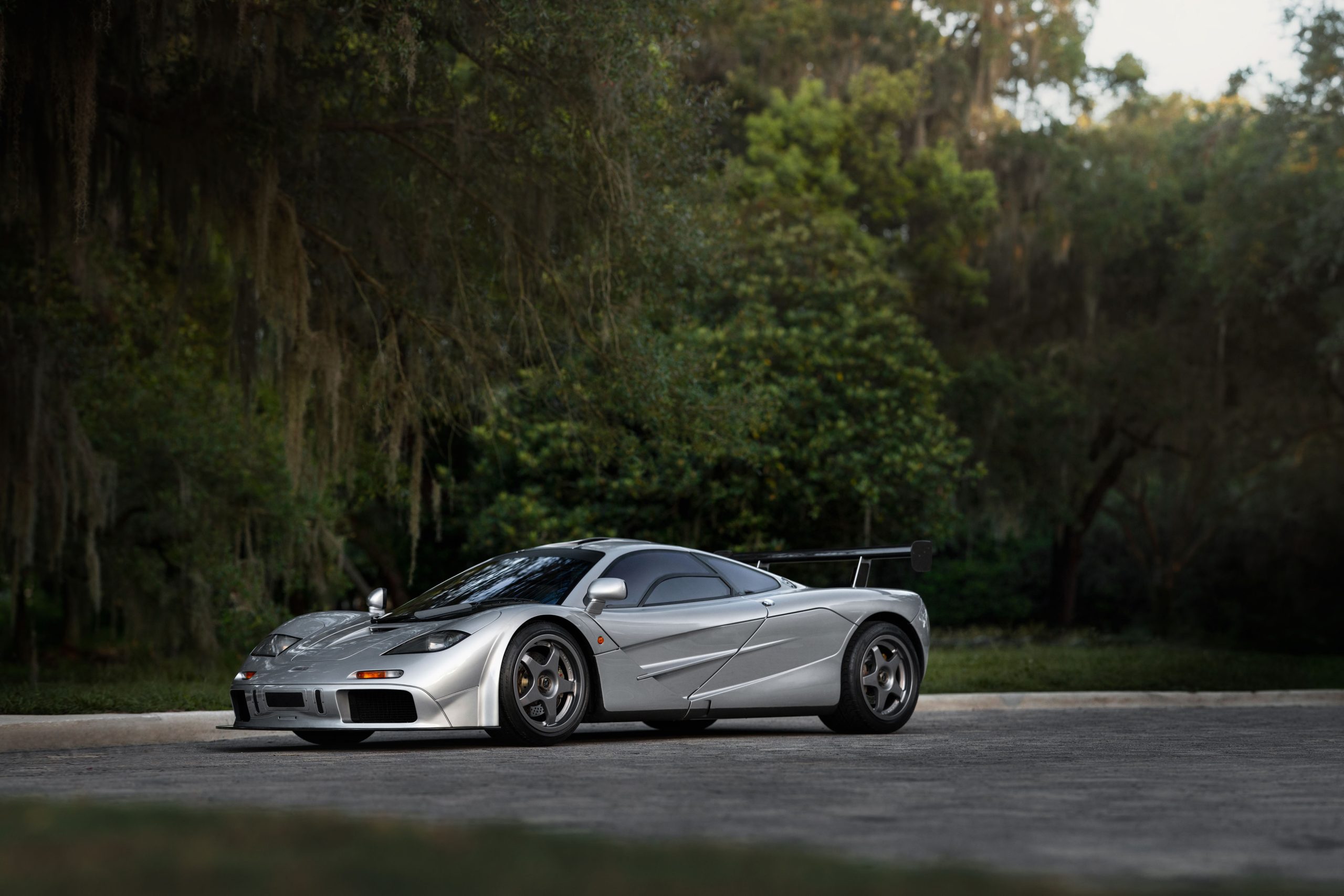Launched in 1992, the McLaren F1 would go on to revolutionize the supercar industry with many of its core characteristics still referenced in the production of today’s most exotic vehicles. It is the McLaren model everybody knows. It paved the way for an increasingly mainstream use of materials such as carbon fiber, kevlar and titanium in sports cars and was the first production car to use a monocoque chassis.
While its composition and performance metrics certainly felt space-grade for the times, the McLaren F1 remained more down to earth in its approach to being comfortable and refined, with positive road manners. Its generously appointed interior was configured to seat up to three – albeit with its signature centre-located driver’s seat – and even came with luggage compartments fitted under each rear fender.
Designed by the legendary Gordon Murray, who had one goal in mind, the McLaren F1 was built to be the fastest and best handling production car in the world. Namely, the ultimate road car – one that is enjoyable in everyday conditions, while still at the zenith of road car performance.
BMW was contracted to built a bespoke V-12 engine, delivering 627 hp and 479 foot-pounds of torque. Unlike BMW’s concurrent 8 Series–based 12-cylinder engines, this V-12 was purpose-built, drawing inspiration from the company’s successful inline-six racing engines. The McLaren F1 had a 0-60 mph time of 3.1 seconds and a top speed of 240+ mph.
Photo Source: RM Sotheby’s



























